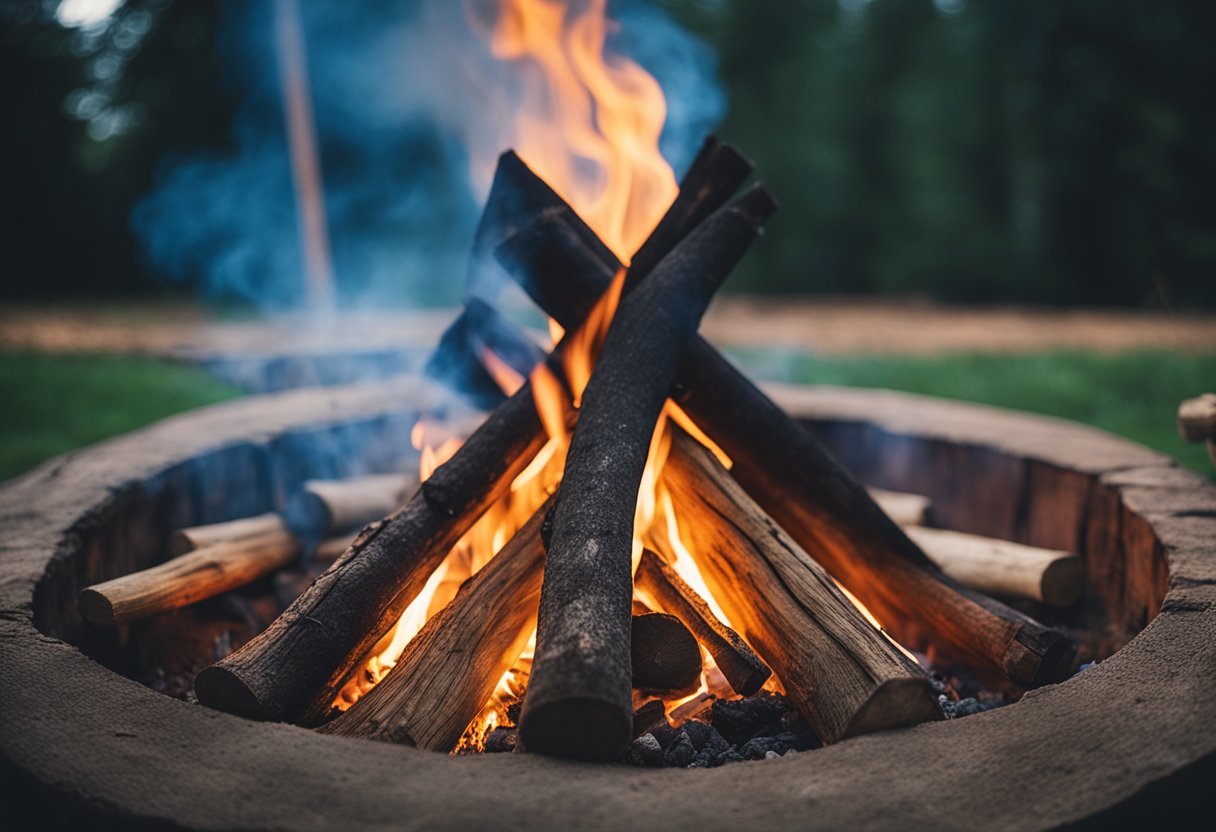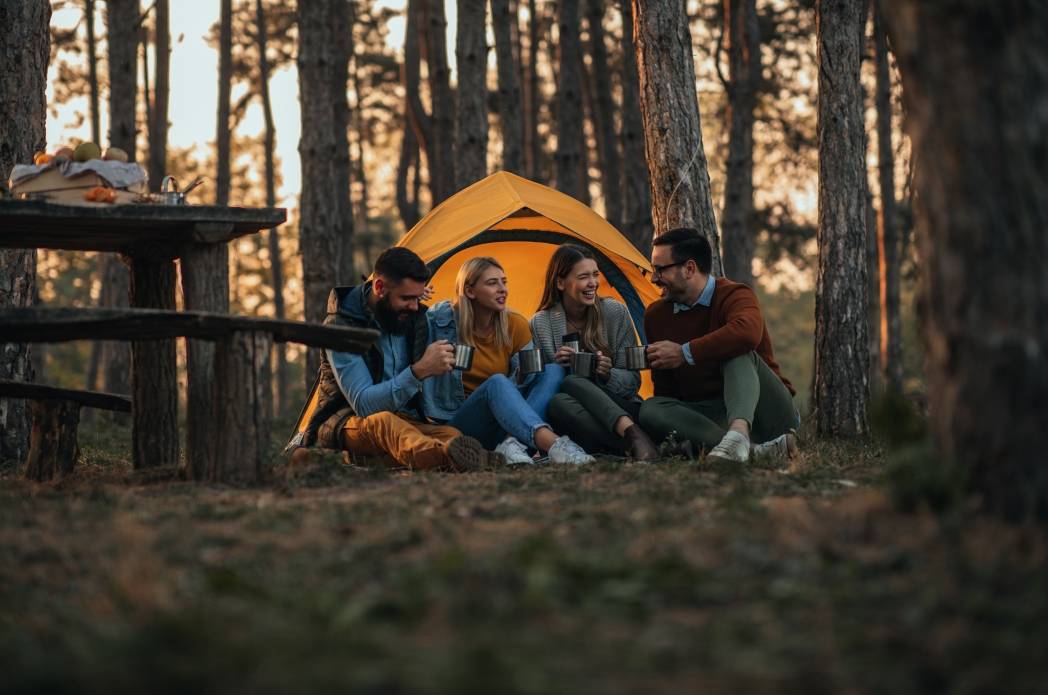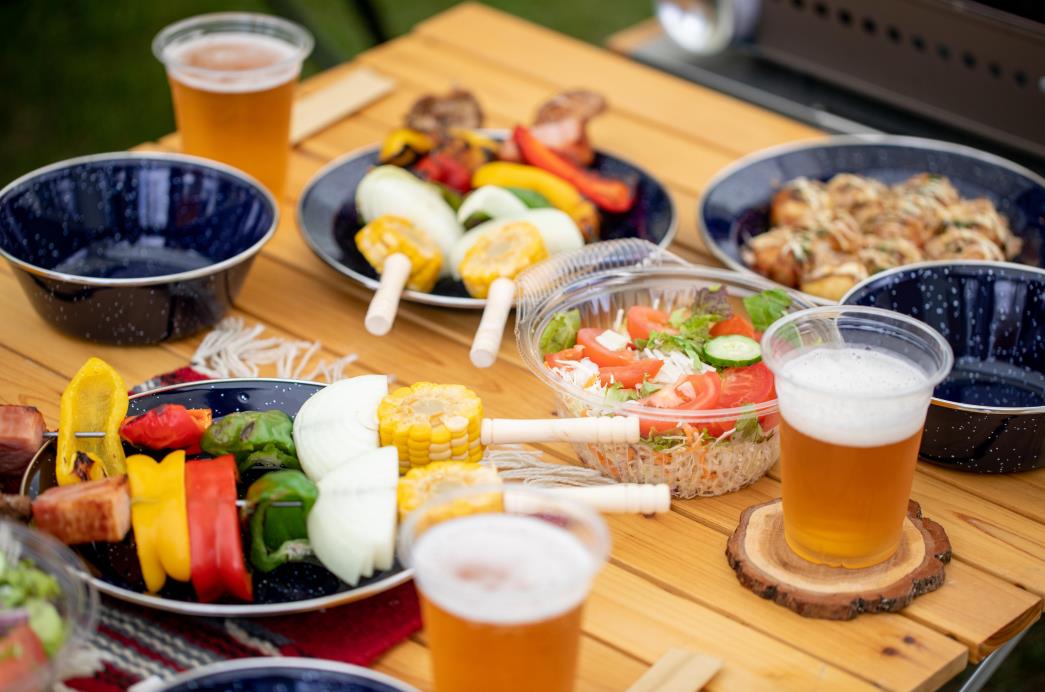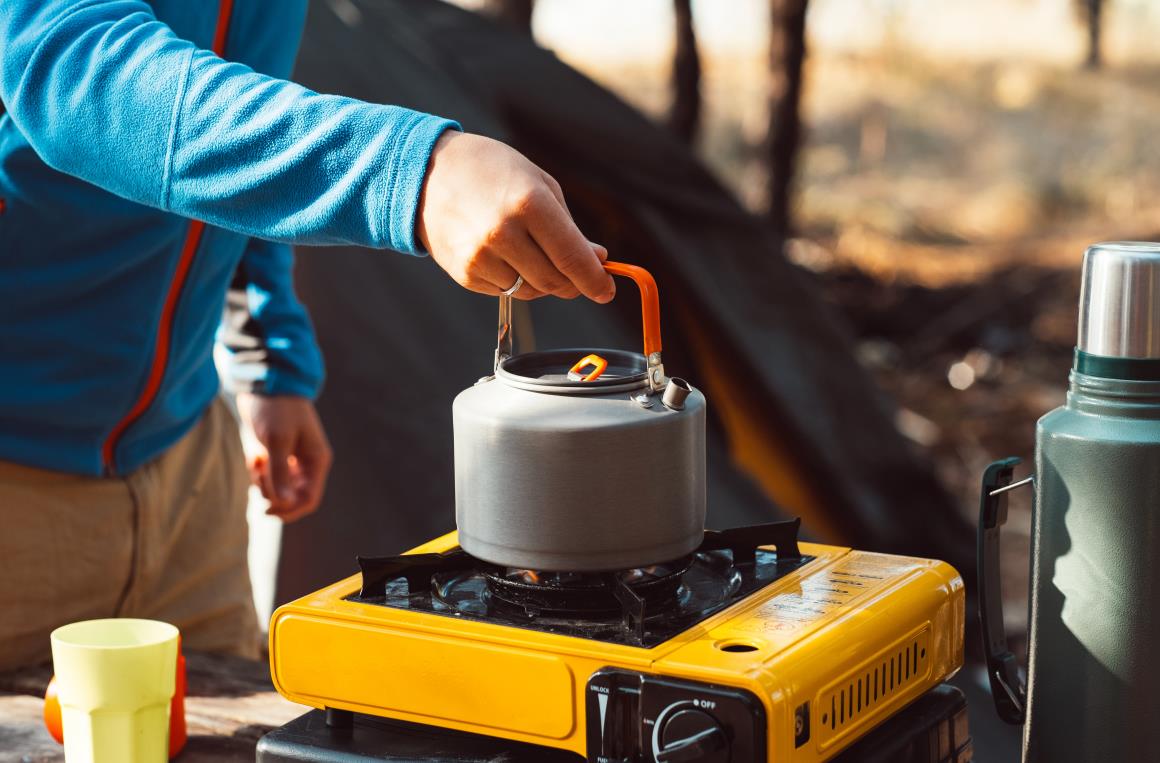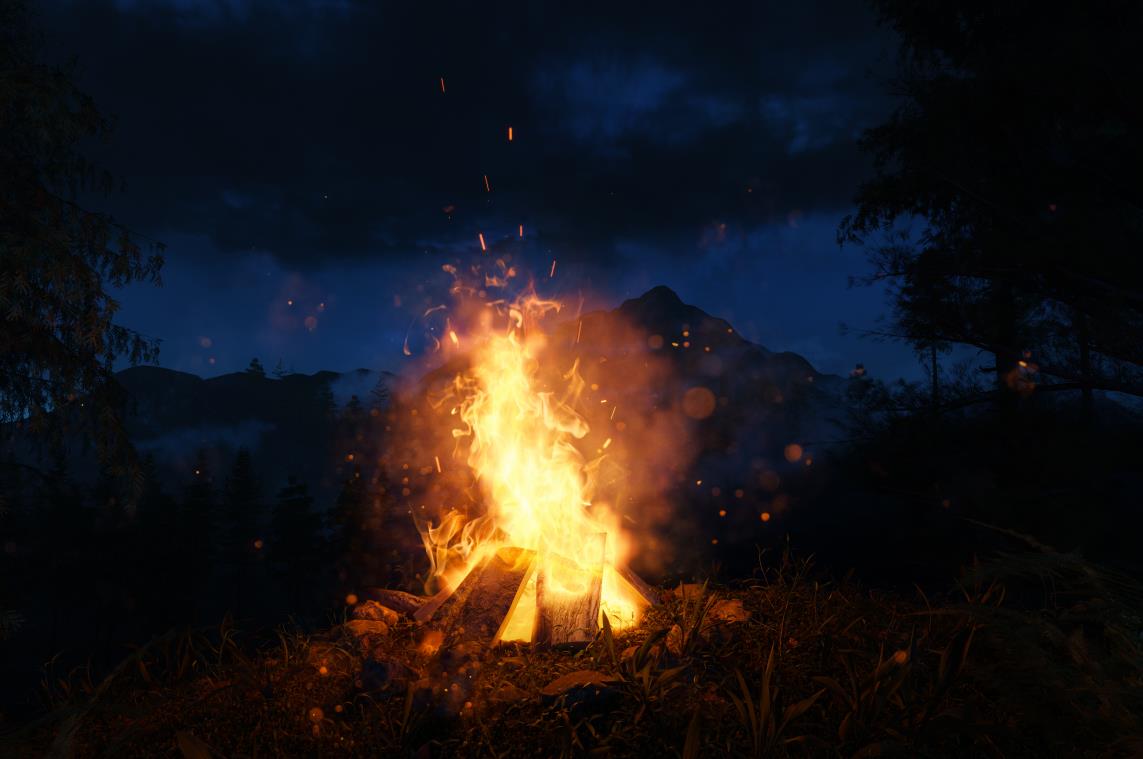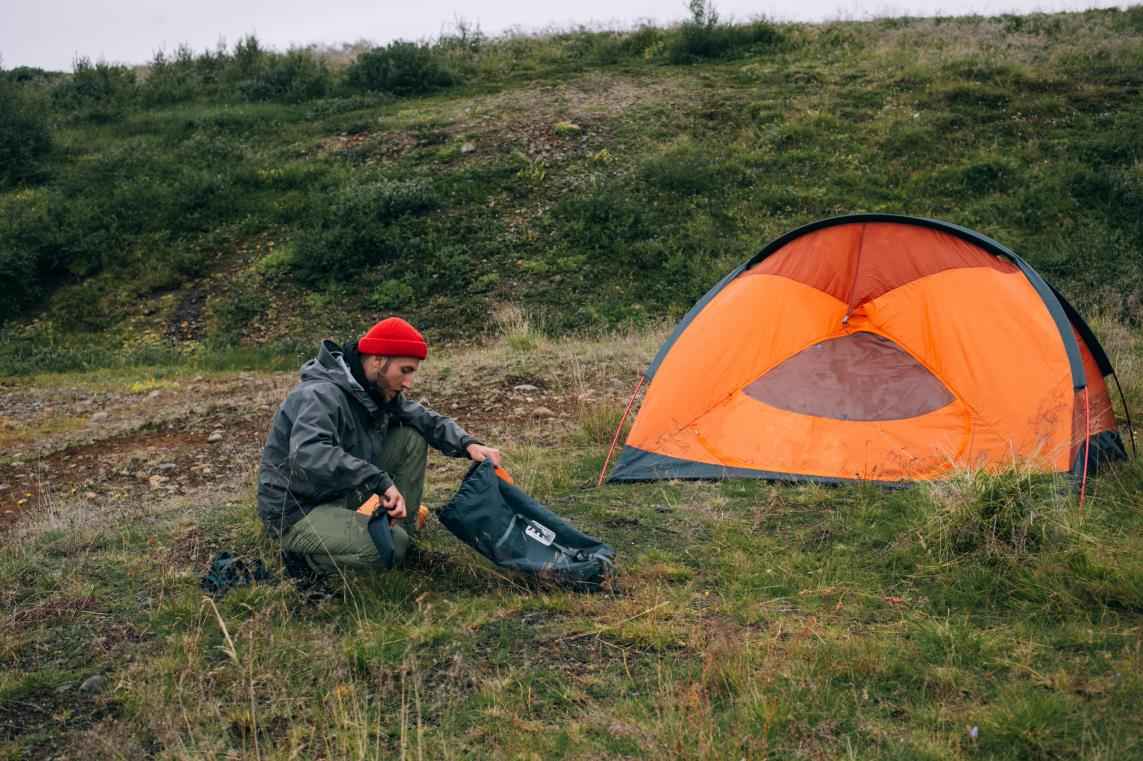Building a campfire is a quintessential outdoor skill that can greatly enhance your camping experience. Not only does a campfire provide warmth and light, but it also creates a cozy atmosphere for socializing and cooking food. In this article, we will guide you through the process of building a safe and effective campfire, ensuring that you have all the necessary knowledge and tools at your disposal.
Before diving into the specifics, it’s important to familiarize yourself with the basic elements of a campfire. A well-constructed campfire consists of three essential components: tinder, kindling, and fuel. Safety should always be a top priority when building a campfire. This means choosing the right location, ensuring adequate ventilation, and having a plan to extinguish the fire when you’re finished. Additionally, be aware of any fire restrictions or regulations in the area where you are camping, as these rules are in place to protect both you and the environment. With these foundational concepts in mind, you’re ready to learn the step-by-step process of building a campfire.
Table of contents
Campfire basics
Fire safety
When building a campfire, safety should be your top priority. Familiarize yourself with basic fire safety practices before starting the process. Always have a method of extinguishing the fire on hand, such as a bucket of water or a shovel to cover the fire with dirt. Keep children and pets supervised and maintain a safe distance from the fire. Additionally, never leave the fire unattended, and ensure that it is completely extinguished before leaving the area.
Permit and regulations
Before you build a campfire, check local regulations and requirements, as permits may be necessary. This will help you be aware of fire bans and other restrictions that could be in place at your chosen campsite. Following these rules is not only essential for preventing wildfires, but also for staying within the law.
Choosing a location
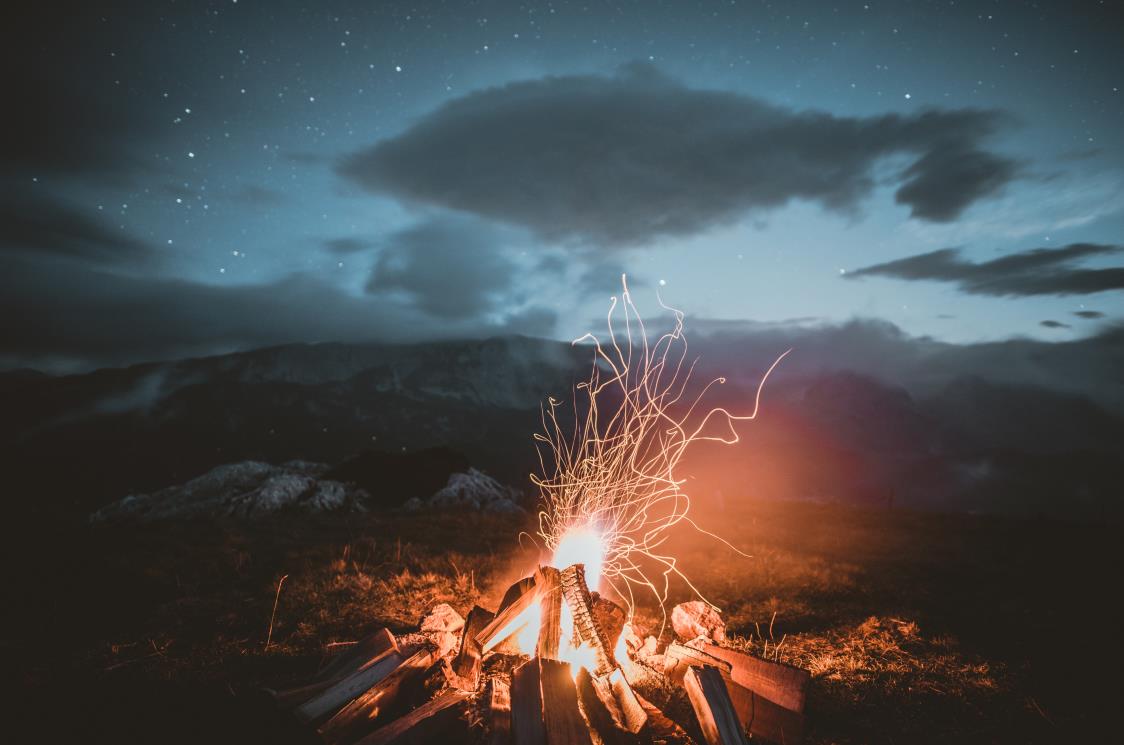
Selecting the right spot for your campfire is critical. Look for an area that is:
- Free of overhanging branches or dry vegetation
- On flat, level ground
- At least 15 feet away from tent walls, trees, and other flammable objects
Consider using established fire rings or designated campfire sites when possible, as these will often have the best conditions and comply with local regulations.
Keep in mind that building a campfire requires your attentiveness, interpretation of local rules, and mindful selection of a site. Follow these guidelines, and you’ll be well on your way to creating a cozy campfire experience.
Equipment you need to build a campfire
Before starting to build a campfire, you need to gather some basic equipment. Having the right tools will ensure a safe and efficient process. In this section, we will discuss the necessary equipment for building a campfire.
- Firestarter: To begin, you will need a firestarter. This can be a match, lighter, or even a flint and steel. Make sure your firestarter is in working order and have a backup option just in case.
- A shovel or digging tool is another essential piece of equipment. You will need it to clear away ground debris and dig a shallow pit for the fire. This can help prevent the fire from spreading and keep the campsite clean.
- Water: You may also want to have a bucket of water or a fire extinguisher nearby. This is a crucial safety precaution, as it allows you to quickly extinguish the fire if it gets out of control or any emergencies arise.
- Gloves and tongs for handling hot objects and adjusting the campfire as necessary. This will help protect your hands from burns while keeping the fire well-maintained.
By having these pieces of equipment prepared and ready, you will be able to build a safe and efficient campfire to enjoy during your outdoor adventure.
Best Camp Cooking Equipment
Get 11% off and free shipping – limited time only!
Building a campfire
To build a campfire, follow these steps to ensure a safe and enjoyable experience:
- Choose a suitable location: Find a level, open area away from any overhanging tree branches, shrubs, or dry grass. Look for an already established fire ring or use a designated fire pit if available.
- Gather materials: Collect three types of materials for your fire – tinder, kindling, and fuel wood. Tinder includes small, easily ignitable materials such as dry grass, leaves, or small twigs. Kindling consists of small sticks and larger twigs, while fuel wood refers to larger branches and logs.
- Create a fire structure: Start by placing a small pile of tinder in the center of your fire pit or ring. Next, arrange kindling around the tinder in a teepee shape, leaving space for air circulation. Finally, add fuel wood on top of the kindling in a similar teepee fashion, ensuring that the structure remains stable.
- Ignite the fire: Using a firestarter or matches, carefully light the tinder. As the tinder catches fire, it will ignite the kindling, which in turn ignites the fuel wood. Blow gently on the tinder to help spread the flames, but be cautious not to extinguish the fire.
- Maintain the fire and add fuel wood as needed: As the fire burns down the fuel wood, add more logs or branches to sustain the fire. Do not leave your campfire unattended, and ensure that you have water or a fire extinguisher nearby for emergencies.
How to maintain a campfire
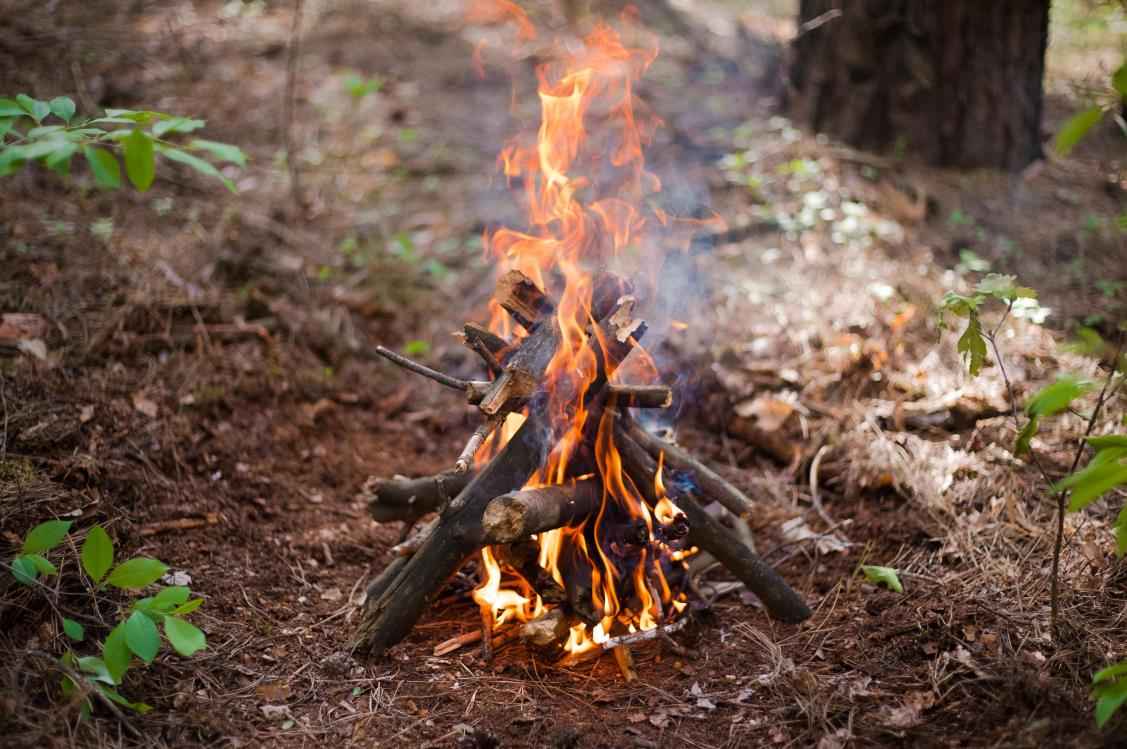
To maintain a campfire effectively, follow these tips:
- Keep a steady supply of fuel: Feed your campfire with new logs regularly to maintain a constant flame. Start with smaller kindling, and gradually add larger logs as the fire becomes more established.
- Reposition logs as needed: As the fire burns, logs may shift or collapse. Use a fire poker or a long stick to reposition the logs, ensuring that they’re close enough to burn effectively, but not so close that they smother the flame.
- Regulate oxygen flow: A campfire needs oxygen to continue burning. Adjust the space between logs to control air circulation, or use a campfire fan to gently blow air onto the fire, helping to stoke the flames.
- Keep a watchful eye: Always monitor your campfire to make sure it doesn’t spread to unintended areas. Be prepared to extinguish the fire if it starts to get out of control.
- Use caution with accelerants: Avoid using lighter fluid or other accelerants, as they can cause flare-ups and make the fire uncontrollable. Stick to natural fire starters like dry leaves, twigs, or newspaper.
Types of campfires
When you are building a campfire, it is essential to know the different types so you can choose the most suitable one for your needs. In this section, we will discuss three popular campfire styles: teepee, log cabin, and lean-to.
Teepee
The teepee or tipi campfire is ideal for a quick, easy fire with minimal preparation. To build a teepee campfire, start by placing tinder in the center of your fire pit. Then, arrange kindling and small sticks in a cone shape around the tinder. Light the tinder and watch the flames rise through the teepee. This type of fire burns quickly and is perfect for a short gathering or cooking quick meals.
Log cabin
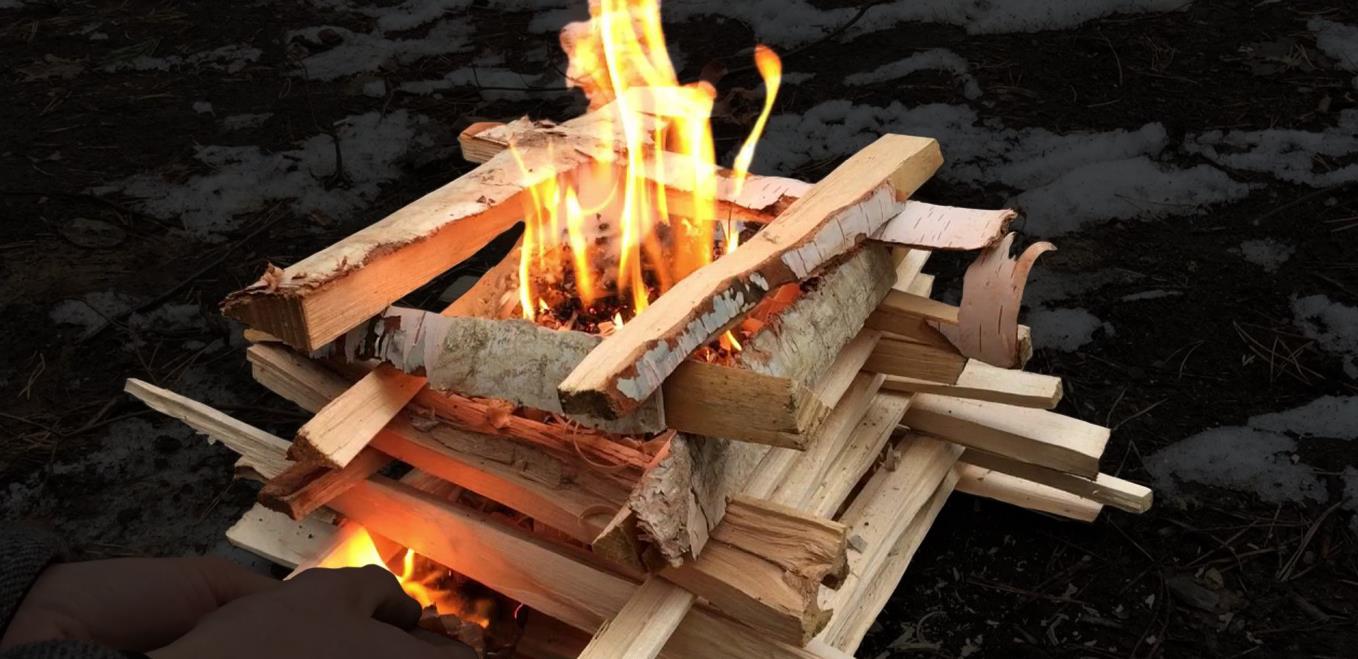
The log cabin campfire is a versatile option suitable for cooking and extended gatherings. Begin with a square foundation by placing two logs parallel to each other. On top of these logs, position two more logs perpendicular to create a square. Add additional layers of logs, alternating directions until the structure is about waist-high. Place tinder and kindling in the center, then light the fire. The log cabin fire will produce a steady heat source for cooking and provide a warm glow for hours.
Lean-to
Lastly, the lean-to campfire works well in windy conditions or when you need a focused heat source. To create a lean-to fire, place a large log on the ground perpendicular to the wind direction. Put tinder beside the log, and lean kindling and small branches against the log, covering the tinder. The large log will act as a windbreak, allowing the fire to burn efficiently and provide a concentrated heat source.
Each campfire type serves a unique purpose, whether you need a brief fire, one for extended use, or a fire that focuses heat in a specific direction. Choose the right campfire style based on your needs and environmental conditions to make the most of your outdoor experience.
Extinguishing the campfire
When it’s time to put out your campfire, take the necessary steps to ensure it’s completely extinguished. This is crucial not only for your safety but also for the environment.
- First, allow the fire to burn down as much as possible. This will make the process easier and quicker. Then, slowly pour water over the fire, ensuring all embers and logs are soaked. Do not dump a large amount of water all at once, as this can cause hot ash and debris to scatter, posing a risk of injury.
- Once you have poured enough water to dampen the fire, use a stick or a shovel to stir the ashes and embers. This step ensures complete contact between the water and the remaining heat sources, reducing the chance of a lingering fire.
- After ensuring all embers are soaked, check the area for any remaining heat. Hover your hand over the fire pit and feel for any residual warmth. If you detect heat, repeat the process of adding water and stirring the ashes.
- Once everything is cool to the touch, spread the ashes out to further guarantee that there are no remaining hot spots. Always follow the Leave No Trace principle by fully extinguishing your campfire and cleaning up the area.
Remember, proper campfire etiquette is essential for preserving the outdoors and ensuring the safety of others. Always take the time to extinguish your campfire thoroughly and responsibly.
Know your way around campfire
Mastering the art of campfire building is essential for all outdoor enthusiasts. Now that you’ve acquainted yourself with this comprehensive guide, seize the opportunity to put these methods into action during your next camping adventure! Always prioritize safety by adhering to the provided tips, maintaining a vigilant watch over the flames, and meticulously extinguishing the fire before departing.
For further expertise around the wilderness, explore our other camping guides, and in no time, you’ll become a seasoned veteran in the great outdoors!







